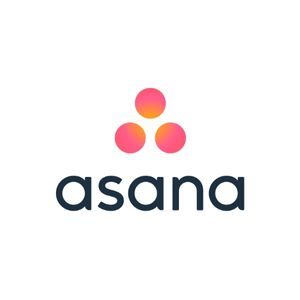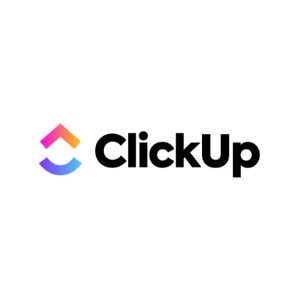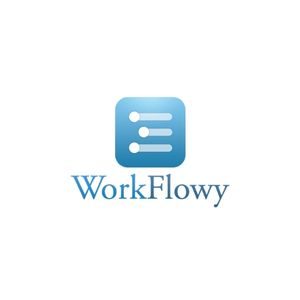-
Task Management Systems
-
Work anytime, anywhere with Asana. Keep remote and distributed teams, and your entire organization, focused on their goals, projects, and tasks with Asana.
-
https://asana.com/
More teams are working remotely or adopting hybrid models.
While remote work has some benefits, communication can be a challenge, and emailing back and forth isn’t practical.
Asana solves this problem with a centralized platform.
Users can access this tool via a browser or on mobile to assign tasks, track progress, and more.
Asana at a Glance
Here is what you need to know about Asana:
Market segment: small teams, small to medium organizations
Best for: Remote work, streamlining projects
Plans & Pricing:
- Free tier with limited features
- Premium tier at $10.99/month per user
- Business plan at $24.99/month per user
What Is Asana?
Asana is a cloud-based solution that provides team members with a centralized platform to share to-do lists, assign work, and track progress.
Asana has been around since 2012 and since that time has gained a reputation as one of the most popular work management platforms and stands out thanks to its simple interface and versatile features.
What Is Asana Used For?
Asana is a project management tool.
Users can create projects or tasks, communicate, and keep others updated regarding their progress.
For project managers, Asana is a convenient way to see at a glance what everyone is working on and how quickly the team is progressing.
Users can also share resources, automate tasks, assign due dates, and more.
Asana also supports integration with more than 200 apps like Microsoft Teams, Google Workspace, Zoom, Gmail, and more.
How Asana Works
Each user has a unique account to access Asana.
As an admin, you can create teams and control which project each user or team has access to.
The main functionality of Asana is to streamline projects.
You can create a new project, break it down into smaller tasks, and assign these tasks with due dates.
For each task, users can share resources, ask questions, and update others regarding their progress.
You can access more advanced features, such as approving work, automating the process of assigning tasks, or creating customized templates for projects and tasks.
Notable Features of Asana
Let’s take a closer look at the standout features of this popular work management tool.
1. User-Friendly Interface
Many teams choose Asana over other platforms because of its user-friendly interface.
An interface that is easy to use can support adoption and make the transition to a new tool easier.
Asana uses a minimalist design where buttons and important features stand out.
The interface is similar to a Kanban board with columns that show to-do lists, tasks in progress, and items that require attention.
There is a side menu that gives you access to your current tasks, your calendar, inbox, favorite items, and more.
Plus, you can add colors to identify all the tasks related to a team or project at a glance.
2. Custom Templates
Asana comes with some built-in templates you can customize, but you can also create unique templates from scratch.
Creating custom templates is a great way to streamline work management with processes you can repeat.
For instance, you can turn a successful project into a template so you can repeat the steps you took and assign recurring tasks automatically to save time.
3. Mentions
Inspired by social media, the mention feature is a helpful communication tool.
You can use the @ symbol to tag users in conversations, refer to a project, or create a reference for a task or message.
Asana will automatically create a link so users can navigate to a related project, task, or message.
If you use the mention feature for a user, they will receive a notification.
It’s a great way to get the attention of a team member when you need a response fast.
4. Custom Fields
The custom fields feature allows you to create fields when adding a project or task in Asana.
Organizing data in custom fields facilitates communication and ensures users have access to important information at a glance.
Plus, you can easily re-use custom fields thanks to the field library tool.
You can create different types of fields, including number and text fields or drop-down lists.
You can, for instance, add an estimated cost to a task, a location, a priority level, or indicate a marketing channel.
5. Workloads, Kanban Boards, and Portfolios
The Asana interface includes different tools you can use to visualize your progress at a glance:
- You can use Workloads to see what everyone is working on.
It’s a helpful tool for project managers who want to keep an eye on their team’s capacity. - The Kanban board view organizes tasks in different columns that reflect your current to-do list, your tasks in progress, and the work you have completed.
- With the Portfolios feature, you can group projects to see everything in a single view.
You can also see all the projects a team is currently working on.
Are There Any Minimum Requirements Necessary to Use Asana?
Asana is very accessible.
Thanks to the free tier, you can access all the basic features of the tool without paying.
Here’s what you’ll need to use Asana:
- Users should have an internet connection.
- They’ll also need a mobile phone or a computer to use the browser-based version of Asana.
- You’ll need a workflow to create accounts and start moving projects into Asana to get started.
How Much Does Asana Cost?
Asana offers three different plans:
- The free tier is great for small teams.
You can create up to 15 accounts and access basic project management features, including integration with over 100 apps. - The premium tier costs $13.49/month per user, but you’ll only pay $10.99 with annual billing.
This plan comes with more advanced features, including reporting tools, forms, custom fields, additional templates, private projects, and more. - If you need more advanced features, the Business tier costs $30.49/month per user or $24.99 with annual billing.
You’ll get more features, like a tool for custom rules, a workload feature, portfolios, built-in approvals, and more.
It’s the best option for larger teams and more complex workflows.
With annual billing, prices range from $0 to around $25 a month per user.
The premium tier costs around $10 a month per user and represents the best value.
Does Asana Have an Enterprise Version Available?
There is a Business tier that comes with more advanced features.
Asana Promotions and Savings
Read on to learn more about saving on an Asana plan.
Does Asana Have a Free Trial?
Yes, you can try the premium or business tier for free with a 30-day trial.
Does Asana Offer Coupon Codes?
Asana doesn’t use coupon codes. However, nonprofits can qualify for a 50% discount.
Does Asana Have a Lifetime Deal?
Asana only offers monthly and yearly billing. Switching to annual billing can help you save 16 to 23%.
Does Asana Usually Offer Black Friday or Cyber Monday Discounts?
Asana offered a 60% discount for the yearly plan the last few years on Black Friday and they also offer 10% discounts for certain packages on Cyber Monday.
Asana Vs. Other Project Management Tools
Asana isn’t the only popular platform for project management.
Here’s how it compares to others.
The top three competitors include:
1. Asana vs. Monday.com
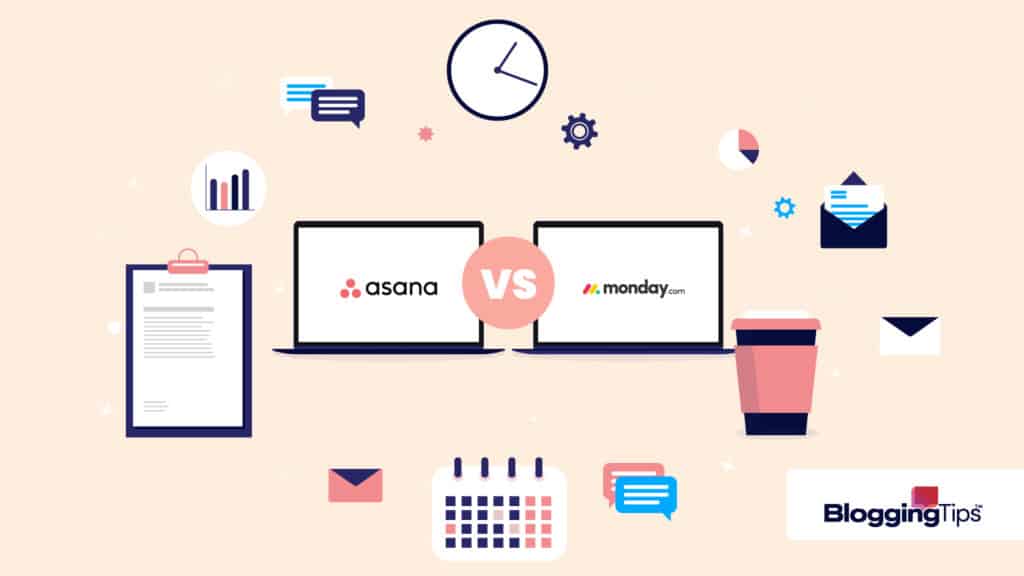
Monday.com gives you access to different building blocks you can use to create customized workflows.
This platform emphasizes automation, and there are four products you can adopt and customize, including marketing, sales, projects, and software development.
This tool can be a good alternative for teams with specific needs for software development and other types of projects.
The interface is slightly different from Asana, but core functionalities like breaking down projects into smaller tasks, assigning tasks, or tracking progress are comparable.
Monday.com supports integration with a smaller selection of tools, and pricing is overall cheaper. However, the free tier is for single users and not for teams.
2. Asana vs. Hive
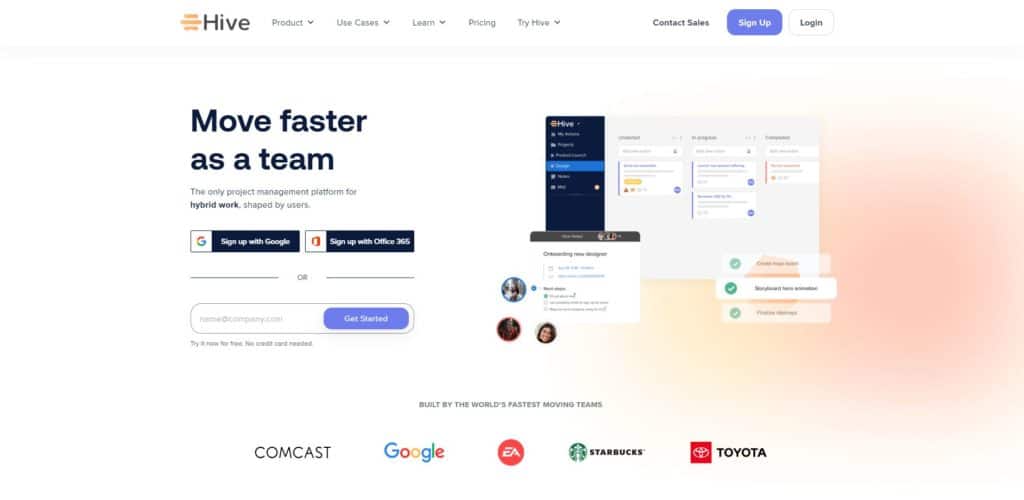
Hive is another population option thanks to its user-friendly interface.
It has some features in common with Asana, including a calendar, discussion threads, and the ability to assign tasks.
This tool stands out with some features that are missing from Asana, including a time tracking functionality and built-in conferencing.
The client portal is also great for sales.
You’ll also be able to create dependencies to organize complex workflows.
Like Monday.com, Hive has a free tier for single users.
You’ll pay $12/month per user for teams, but Hive also has an enterprise plan with customized quotes for larger teams.
3. Asana vs. Basecamp
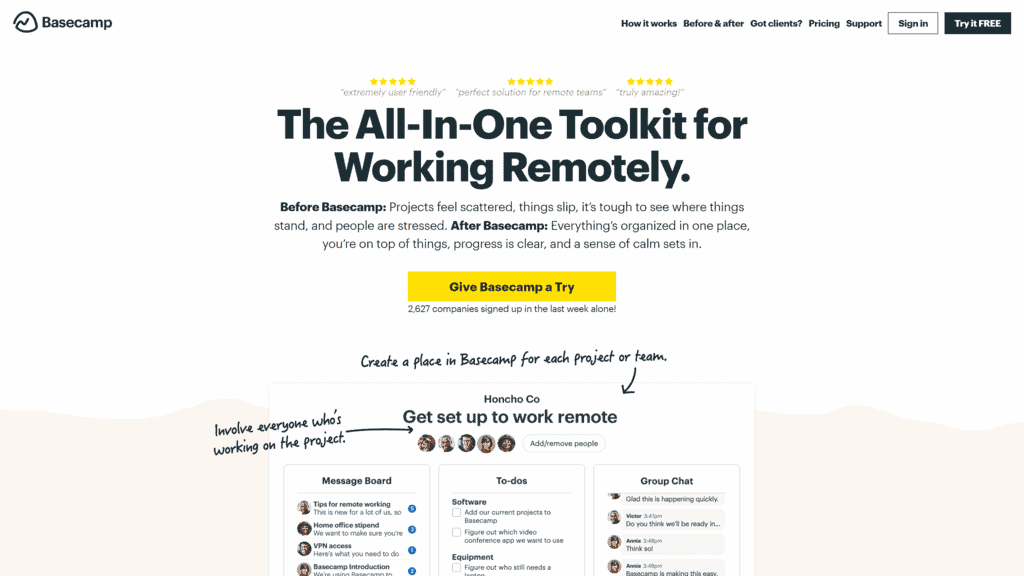
Basecamp is another project management platform.
The team behind Basecamp created this tool with remote employees in mind.
The group chat feature is a plus. Users can also check in to indicate their availability.
The platform also makes uploading files and sharing resources easy.
Asana comes with a wider range of features and supports integration with more apps.
Basecamp is ideal if you primarily work with to-do lists, but Asana is a better option for more complex task tracking needs.
However, Basecamp is extremely easy to use and would be great for users who are new to remote work.
The pricing model is simple with a flat $99/month fee, which can help you save if you have a medium or large team.
How Does Asana Differentiate Itself from its Competitors?
Asana stands out thanks to the following features:
- It supports integration with over 200 apps.
No other task management software comes close. - There is a free tier you can use to collaborate with a small team.
Other tools have free tiers, but they’re usually for single users. - Asana comes with a wide range of flexible and diverse features.
There are a few areas where the platform is lacking, such as time tracking, budgeting, or sales. However, it’s suitable for a wide range of projects, and you can customize this tool to adapt to your unique needs.
Who Is Asana Best For?
Asana is ideal for teams that work remotely and for any business in need of a centralized platform to track progress.
At the organization level, the lack of budgeting features for projects can limit the utility of Asana.
It might make more sense to implement this solution at the team or department level.
Thanks to its customization features and three tiers, Asana can adapt to the needs of different organizations.
Why Is Asana Best for Content Development?
The ability to track progress at a glance makes Asana a great option for content development and marketing applications.
Project managers can streamline tasks like content creation, editing, and publishing.
The Kanban board or Workload views are convenient tools for making sure you’re keeping up with your publication goals, and the discussion threads will help team members collaborate, find new ideas for content creation, or share feedback.
Is Asana Easy to Use?
What do people think of Asana?
Let’s take a closer look at what users have to say.
- Asana features an intuitive interface.
- The user-friendly features help with adoption.
- Users say that Asana is very easy to navigate, and all the important features are easy to find.
What Features Do Some Users Love?
Project managers praise the custom templates because this feature allows them to repeat workflows and automate recurring tasks.
The mention feature is another convenient aspect of Asana for improving communication and getting a person’s attention.
What Features Do Some Users Find Frustrating?
Using the free tier can be frustrating since several features are only available with the paid plans.
Some users also report running into issues with the mobile version of the tool where things like copying tasks can be difficult.
Frequently Asked Questions
Read on to learn more about Asana.

How Many Employees Does Asana Have?
Asana has been around since 2012.
Currently, the company has over 1,500 employees who provide support or work on adding new features to the tool.
Is Asana an Agile Tool?
Asana can adapt to agile workflows if you use boards, timelines, custom fields, and more.
If you need an agile platform, choose the most advanced tier to unlock all the features.
Wrapping Up
Asana is a popular project management platform.
It’s easy to use and very accessible.
It’s an excellent option for bringing remote or hybrid teams together.
With features that facilitate communication and improve visibility, Asana helps project managers keep track of progress.
There are a few downsides, such as the lack of advanced features or the fact that you can’t track time or expenses with Asana.
However, the tool more than makes up for it with its extensive integration capability and the ability to customize several features.
Asana Reviews
Our BloggingTips Breakdown
 Cons
Cons
- No time tracking
- Customer support
- Lack of security features
 Pros
Pros
- Easy-to-use
- 200+ integrations
- Free basic plan
